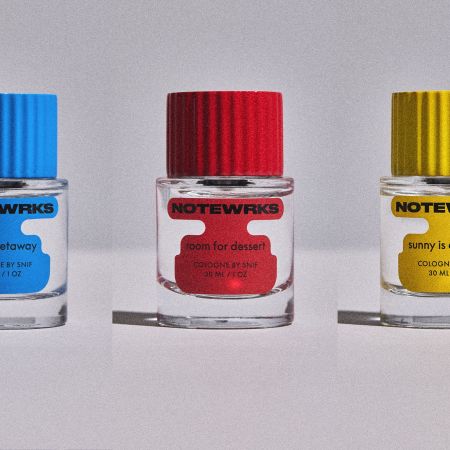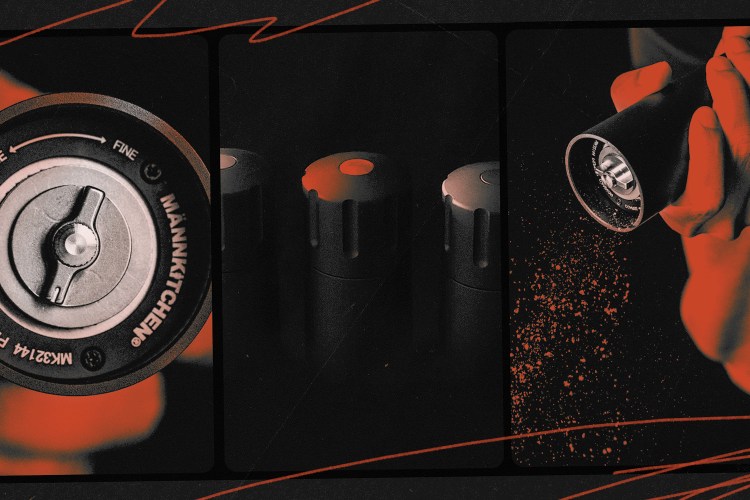On January 3, at 10 a.m., a group of burglars entered the exhibition of rare Indian jewels on view at the Palazzo Ducale and left with two items worth millions of dollars.
The collection, owned by Sheikh Hamad bin Al Than, had more than 270 pieces of jewelry, most of which were antiques, many dating back 500 years. But the two pieces that were stolen — diamond earrings and a giant brooch covered in diamonds, rubies and pearls — were modern and had been purchased just a few years earlier.
The thieves did not try to make themselves invisible. Security cameras record them making the heist and then leaving the museum. They effortlessly managed to open a fortified glass case “as if it were a tin can,” the police say.
A week later, thieves hit the jewelry shop inside the lobby of the Ritz Hotel in Paris and managed to take an estimated $5 million in merchandise. Those thieves used sledgehammers to break the glass display cases. Three were caught and two escaped. Old school jewelry heists like these continue to arise, despite technology and an excess of security.
Christopher Falkenberg, the founder of the NewYork–based Insite Risk Management, told Town & Country that social media lends itself to these robberies — people don’t realize that they open themselves up by being public about certain kinds of assets. Meanwhile, people also want to be Robin Hood, Simon Atkinson, a former British Army officer trained in covert operations who now works for the Glasgow-based Athena Security & Intelligence Consultants, said. “It’s almost normal for people to see the theft of luxury objects as a victimless crime. The public often do not have a great deal of sympathy for those who flaunt what they own.”
Thanks for reading InsideHook. Sign up for our daily newsletter and be in the know.


















